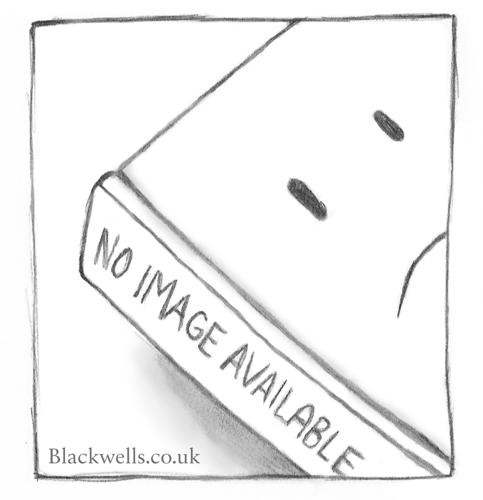Publisher's Synopsis
From PREFACE TO THE AMERICAN EDITION.
Some years after the introduction of the gold standard in Germany, which gave rise to so important movements, I published, in 1877, a small work, "The Future of Gold," wherein I tried to show that from geologic indications we must expect in the future a scarcity of gold and an abundance of silver, and that the extension of the gold standard to all civilized states is impossible. The work on "The Future of Silver," which now earns the distinction of being published in the English language through the Finance Committee of the United States Senate, appeared in the spring of 1892, when the deliberations concerning the introduction of the gold standard in Austria-Hungary began. In the meantime many of the statements I had made in 1877 had been verified. The production of gold, owing to the exhaustion of rich fields, had fallen for several years; afterward, indeed, owing to the discovery of the Transvaal fields, it had once more risen, but at the same time an extraordinary increase in the consumption of gold by industry had occurred. Simultaneously there was noted an increase in the silver production, despite the falling price of silver, an increase which was mainly due to improvements in metallurgic processes. Argentina, Brazil, Portugal, Spain, Italy, Greece, amid vicissitudes of diverse nature, had lost their metallic circulation wholly or in part; nay even, in 1890, a time came when the strength of the Bank of England was not by itself equal to the emergency.
Under these circumstances many of my friends and myself were of opinion that Austria-Hungary, in order to guard herself against all contingencies, ought indeed gradually to acquire a moderate amount of gold, but ought neither to proclaim a gold standard nor establish a definitive ratio between the silver florin and the gold coin.v Our Government went much farther than we deemed advisable.
Meantime, in the beginning of 1892, the last great work of Ad. Soetbeer on this subject (Litteraturnachweis fiber Gold- und Munzwesen) had appeared, in which (for example, p. 285,291) some of the arguments advanced against the exclusive gold standard are conceded. Mr. Soetbeer also honored me with letters in which he expressed his misgivings at the course of affairs and at the appreciation of gold. He regarded the endeavors of the bimetallists as impracticable, because of England's attitude, if for no other reason; but he was convinced that some measure must be adopted to check the fall of silver. On July 30 and 31,1892, I had the pleasure of spending two memorable days at his house at Gottingen. On August 5 he sent out a memorandum containing his propositions. In their essential features these propositions required indeed the recognition of gold as the sole standard, but no state was to keep in circulation gold coins of less than 20 francs, 20 marks, 1 sovereign, or $10, nor any credit note below that value. The principal silver coins were to be re-coined at a higher ratio than 15J; every government was to receive its own principal silver coins in payment to any amount, while the legal-tender quality of these coins for private payments was to extend to three times the amount of the gold coin (for example, to 60 francs). Fully covered certificates were to be issued on silver, but no credit notes....

























